Do you want to learn Indian cooking basics?
For some people learning cooking is a big task, or they don’t intend to master it.
If you are so eagerly waiting to know about cooking, then you can master it very quickly.
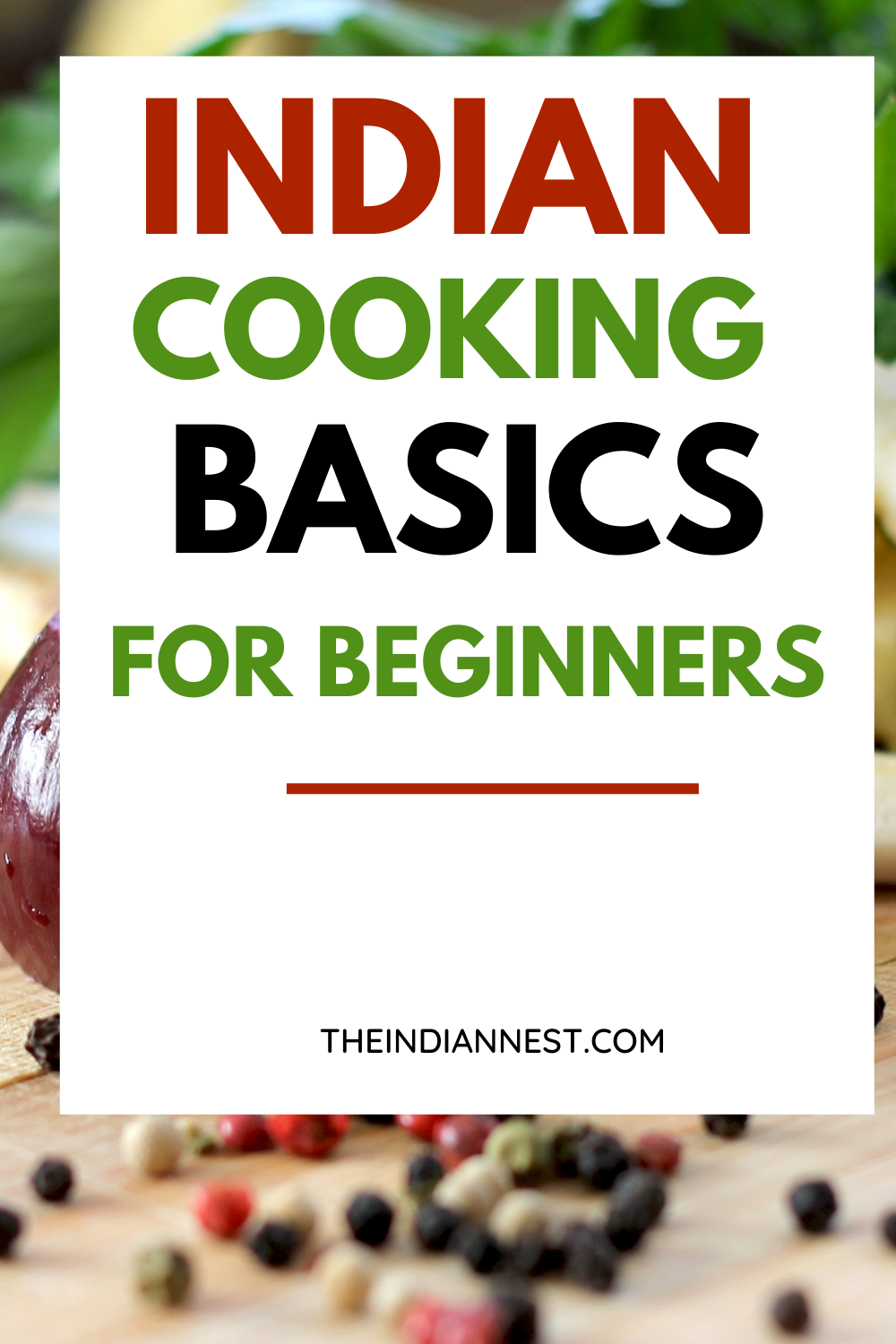
I would say that it’s an art that differs in quantity, flavor, and so on.
I always wonder about that magic spell because my biriyani is entirely different from my mom’s, even though we are putting the same ingredients in it. The same will be with you and your mom.
If you are a beginner with no pantry essentials, then you must get your Indian grocery essentials.
With these bare Indian pantry essentials checklists and Indian grocery essentials checklist, you can get started in the kitchen in no time.
In this Indian cooking basic guide, I will let you know the essential tips and tricks that will help you begin cooking delicious Indian cooking.
Cooking In Indian matrimony
You must know this….. As I mentioned before, cooking is an art form. In Indian culture, cooking is an art form that is passing down from one generation to another.
Thus a wide variety of Indian cuisine exists in different regions as legendary.
You may hear this when a marriage happens in an Indian family, Indian relatives’ standard question is “Does she cooks?”, it’s a very serious thing family consider.
And I don’t think this a big deal, whether the girl knows cooking or not! Because it’s a skill that anyone can master.
It would be best to equip yourself with the right supplies if you approached things in the right way.
Now let’s get started,
Indian cooking for beginners
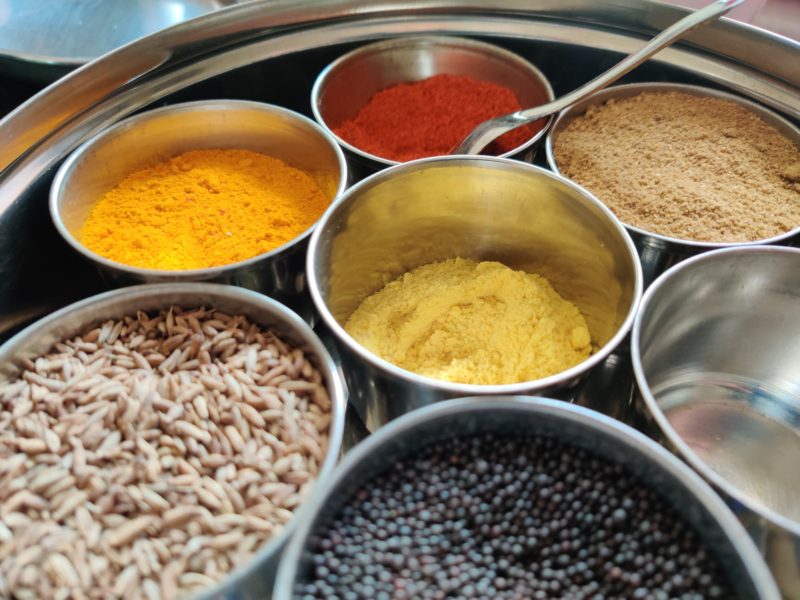
Everyone can enjoy having a collection of basic cooking skills with a bit of practice. Mastering this list can help you make better meals, save time, be safer in the kitchen.
If you learn one of these techniques, hundreds of dishes will not be going into your waste bin. And if you know all of your region’s important meals, You’ll never need to revisit a restaurant.
Cooking your favourite meal in your kitchen with fresh ingredients is the best thing you can do for your health and money, and you can have fun!
As a beginner, you must be patient and positive, always begin slowly, taking it easy mentally in a clean kitchen.
The most important thing is you must understand the ingredients and start with easy and simple Indian recipes.
1. Start with an essential Indian pantry and spices



If your kitchen is empty, then this is your first task, go grocery shopping and get your essential pantry essential checklist.
I have written a complete beginner guide to purchase Indian pantry essentials. Indian pantry is mainly two types North Indian pantry essentials and South Indian pantry essentials.
You can decide which recipe you want and purchase the ingredients for that specific recipe. After that, you can add up according to your regional taste.
2. Understand the basic cooking terms
One of the first things about India that come to mind is it’s diversity. This is the main reason why food from one region may be unfamiliar to a person from another area.
If you are Indian, you don’t have any difficulties in getting families with Indians cooking terms.
If you don’t have any idea, I recommend you purchase an Indian cookbook. Another way is to read a fantastic Indian food blog
are some of my favourite Indian food blogs
3. Learn the basic pattern of Indian recipes
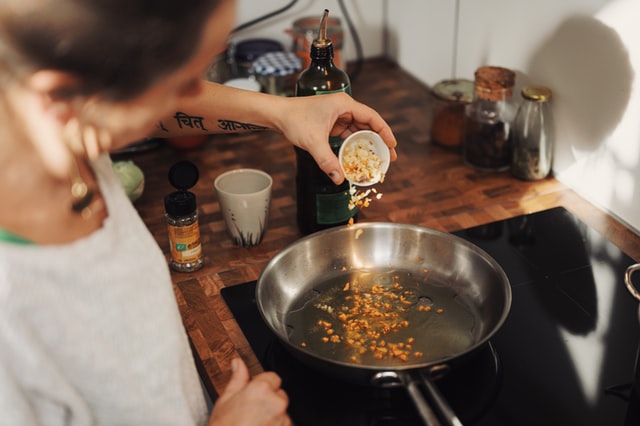
Photo by Conscious Design on Unsplash
Whether it is American, European, or Asian, every cuisine all got different styles and textures.
For Indian food, you can follow these basic steps.
- Heat oil in a pan
- Add in spices such as cumin, mustard, or any other according to the preferred taste.
- Add in vegetables such as onions, garlic, ginger, tomatoes, etc…
- Then comes more powdered spices (chilly, coriander, turmeric powder, etc.
- The next step is to create a base by adding boiling water to form a gravy or curry.
- Then comes thickening agents dairy (fresh cream) or coconut milk to get distinct consistency and flavour.
These are the basic steps for Indian Sambar, and rasam tempering is adding to cooked vegetables.
By the end of the Indian cooking stories, it’s all about tempering, sauteing, frying, and making a curry base.
4. Get cookware and tools to get started.
Being comfortable with knives is an essential cooking skill. Make sure you choose a blade that fits comfortably in your hand is sharp, and is the correct size for what you’re trying to cut.
It is tough to start cooking well if you do not have the minimum essential cooking utensils.
I’ve made a list of necessities essential cooking tools. For Indian cooking, you may need miniature cookware.
Must-haves for Indian cooking
- A kadhai (non-stick ware)
- Non-stick frying pan
- Deep saute pan
- A pressure cooker
- A steamer
5. Cook your favourite meals
Okay! Now you get ingredients, cookware and learned some basics. I think It’s time to get some practical skills to start cooking!
Get your recipe from any source Google, Pinterest, or youtube.
So it’s a good idea to come up with a list of items you should always try to keep either in your pantry or the fridge.
6. Learn one dish and master it
Be patient and try cooking the dish you want to make. Every time you cook, you may fail or succeed.
But one thing, keep in mind don’t get despair to keep going. That’s okay if your curry to be watery or not flavourful because you are cooking a new dish for the first time. Take your time and master by one by one.
7. Make a recipe binder.
For beginners, a recipe book or a binder is a must. If you have all your success and confident recipe in a binder, it will be effortless for you.
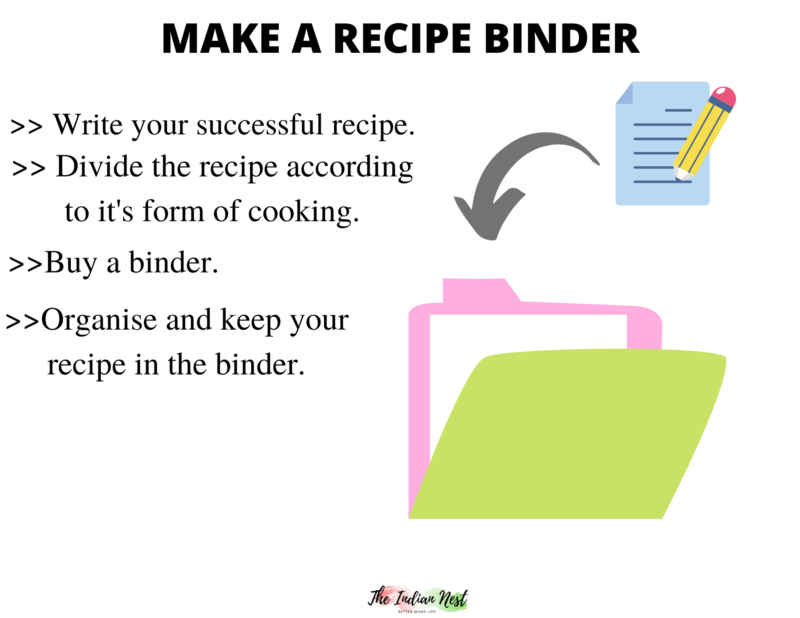
I know that when you get started, you may get confused while cooking each recipe. To avoid these confusions, a detailed recipe binder will be so handy.
Bonus tips:
- Season your food as you go, and when you do, sprinkle your salt from high up, that’ll ensure more even distribution and no salt stuck in a particular area.
- Keep your spices organised in the best way to make sure you didn’t add the wrong spices when you meant to add some other. You can label all your spice containers, or you can smell your spices (pls don’t smell chilly powder, Hahaha!)
- Grain-to-water ratios depend on what you’re making; keep these handy.
- Brown rice: 1 cup grains + 2 cups water, takes 30 mins.
- Basmati rice: 1 cup grains + 2 cups water, takes 20-25 mins.
- Sona masoori: 1 cup grains + 2cups water, takes 20 mins.
Never stir rice while cooking it! If you mix, it may go from fluffy to sticky and starchy.
Before you start cooking, prep your ingredients and put them in little containers or on your chopping board. That way, you won’t ever forget an ingredient or accidentally add the wrong amount.
Don’t get feared about getting started. Cooking is a beautiful art; you will love it and you have to be patient and dedicated ☺️.
Let me know about your cooking adventure, I’m so excited to hear from you.
with
❤️
Nasreen
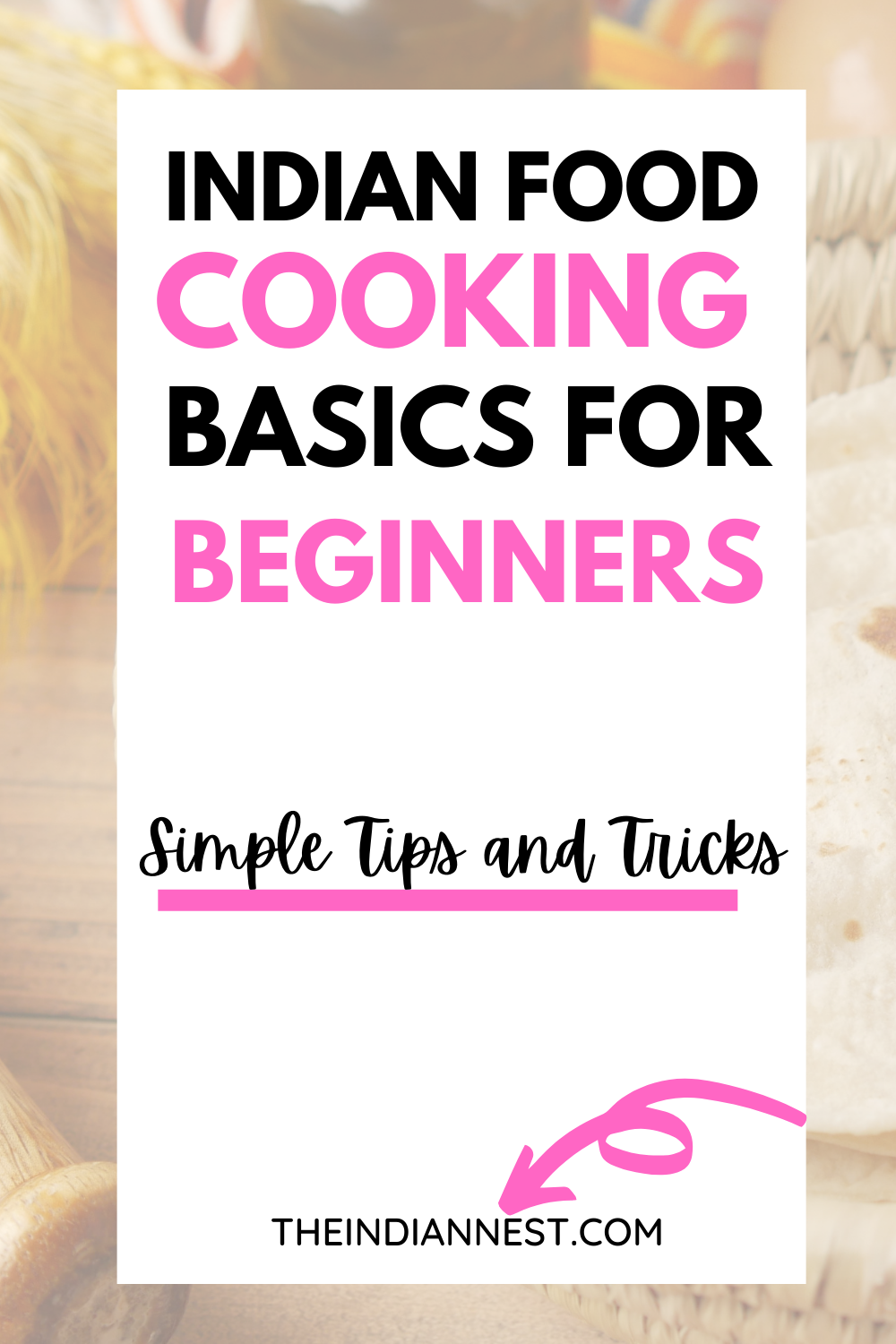
Pin this for later!
Don’t forget to Follow me on Pinterest.

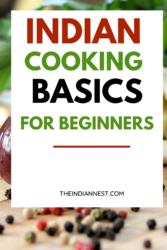
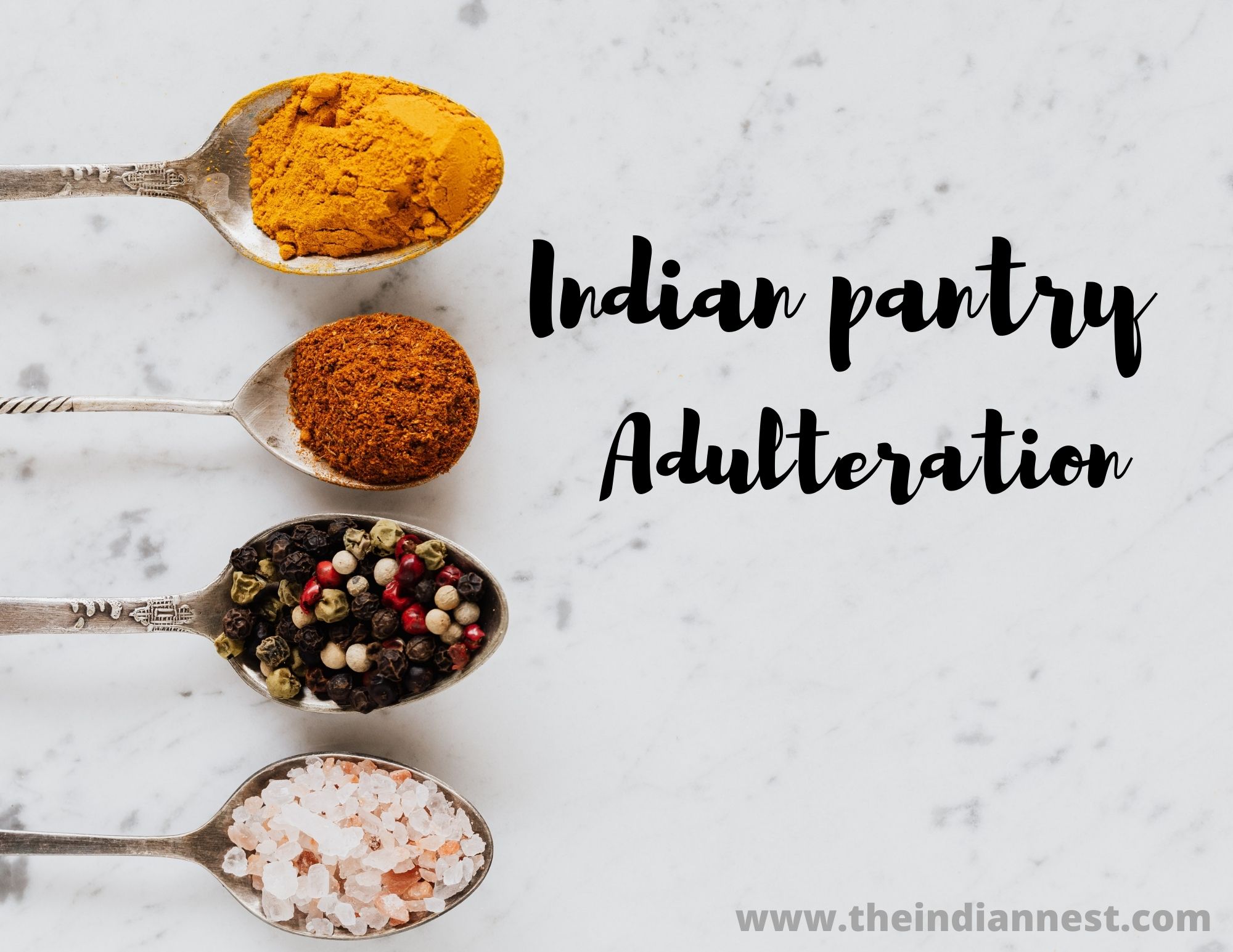 Pantry Adulteration you should know
Pantry Adulteration you should know
Leave a Reply